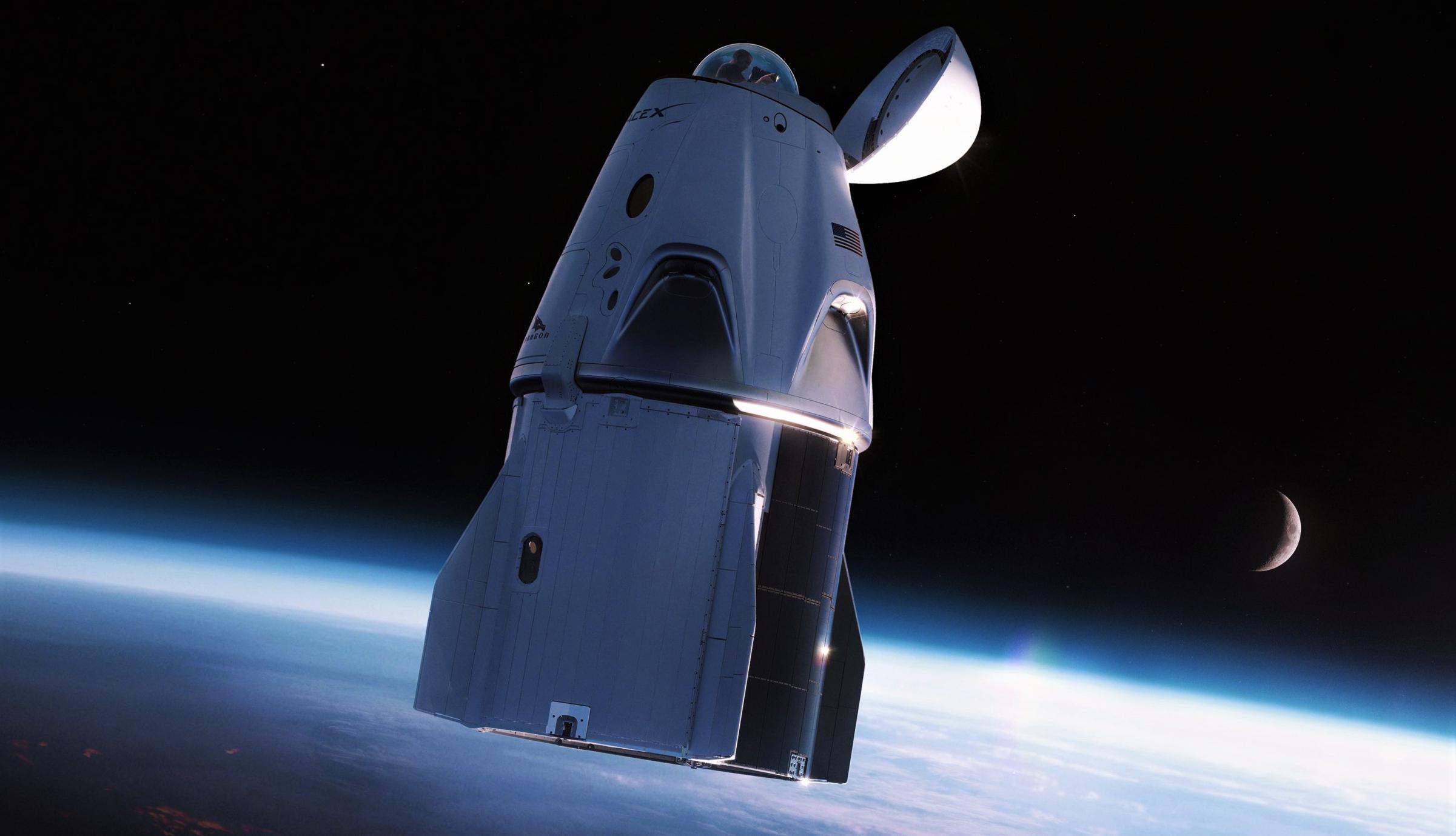
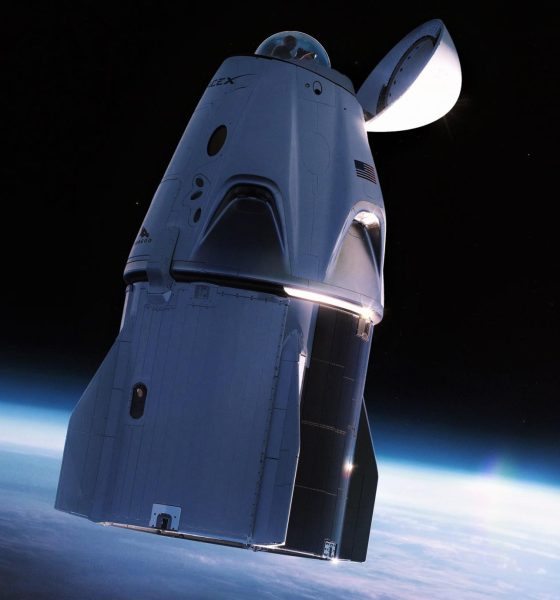
News
SpaceX to upgrade Dragon with the most immersive window ever launched into space
SpaceX and Inspiration4 customer Jared Isaacman have revealed a substantial and unexpected design change made to the Crew Dragon spacecraft that will carry the billionaire and three guests into orbit later this year.
Reminiscent of the beloved “Cupola” (Italian for dome) built by the European Space Agency (ESA) and installed on the International Space Station (ISS) in 2010, SpaceX says it has designed a spectacular ‘glass dome’ window add-on for Crew Dragon. Thanks to some level of newfound commercial interest in free-flying Crew Dragon missions, in which the spacecraft would operate as its own miniature space station for several days, SpaceX concluded that it could fully remove the spacecraft’s docking adapter.
In its place, SpaceX has apparently designed a huge, monolithic, dome-like window that promises to offer a viewing experience likely unmatched in the history of spaceflight.

While the ISS Cupola is reminiscent of Crew Dragon’s glass dome, the two windows are only similar in the sense that they’re both space-based viewing windows. Beyond that, the Dragon Dome is more akin to the ultimate realization of the platonic ideal that ESA engineers tried to achieve with the Cupola. Featuring an approximate 2:1 ratio of framework and structural support material to glass, the Cupola’s central circular window has an uninterrupted diameter of 80 cm (2.6 ft), while the whole assembly has a total internal diameter of ~2m (6.6 ft) and a depth (the ‘height’ of the conical windowed area) of about 50 cm (1.6 ft).
Assuming SpaceX is explicitly designing the dome to integrate with Crew Dragon’s existing International Docking Adapter (IDA) support structure, it could have a diameter as large as 1.4m (~4.5 ft) and a depth of 60 cm (~2 ft; assuming a perfect hemisphere for maximum strength). If SpaceX’s official render is correct, the dome will also be monolithic, meaning that the glass window itself would be completely uninterrupted by structural supports.
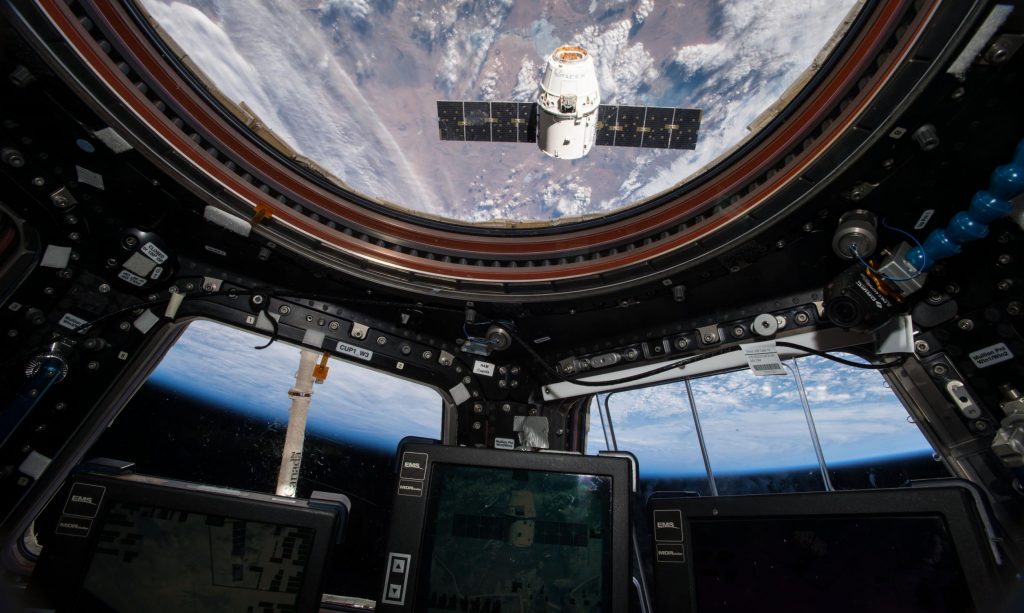
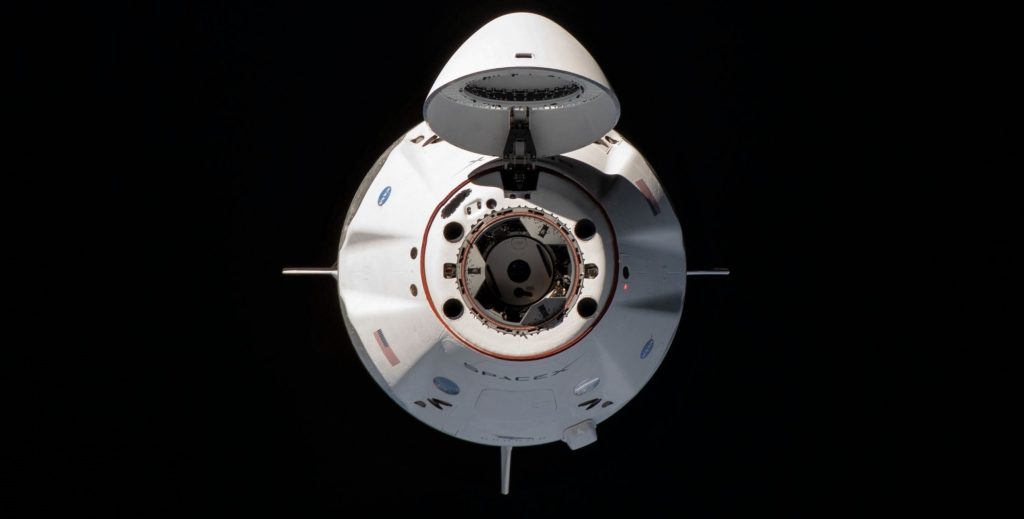
Much like the Cupola, which has foldable ‘petals’ that serve as shades and micrometeorite shields when the module isn’t in use, Crew Dragon’s glass dome would be safely enclosed inside the spacecraft’s nosecone. It’s unclear what material the dome would be made out of, given that large, monolithic, bulletproof domes are a technology that effectively does not exist. At least one company, Surmet, specializes in manufacturing aluminum oxynitride (“transparent aluminum”) windows, including small domes for things like missile sensor pods.
However, the maximum size of those commercial ALON domes is roughly half a foot in diameter and there is no evidence that anyone has attempted the produce an ALON dome even a full magnitude smaller than what SpaceX’s Dragon window would require. This is to say that if SpaceX has found a way to produce massive monolithic windows and domes rated for space travel, it will effectively leap from a total outsider to a de facto leader of the niche bulletproof glass dome industry. It’s worth noting that CEO Elon Musk has stated that Tesla’s Cybertruck will feature “transparent metal” windows, which would likely make the EV company the world leader in ALON window mass-production – expertise that SpaceX could borrow from given their history of joint materials R&D.
In a live March 30th event celebrating the final crew selection, SpaceX director Benji Reed stated that NASA has been closely involved with with development of Dragon’s dome window. Most notably, he strongly implied that flight-proven Crew Dragons would be able to swap between dome and docking hardware with enough ease that a Dragon flown with a dome on a SpaceX tourist mission could still be modified to support NASA astronaut launches, thus ensuring commonality within the Dragon ‘fleet’ SpaceX is building.
SpaceX has implied that its Dragon Dome will debut as early as September 2021 on billionaire Jared Isaacman’s Inspiration4 mission – currently on track to become the world’s first fully private astronaut launch.

News
Tesla dominates in the UK with Model Y and Model 3 leading the way
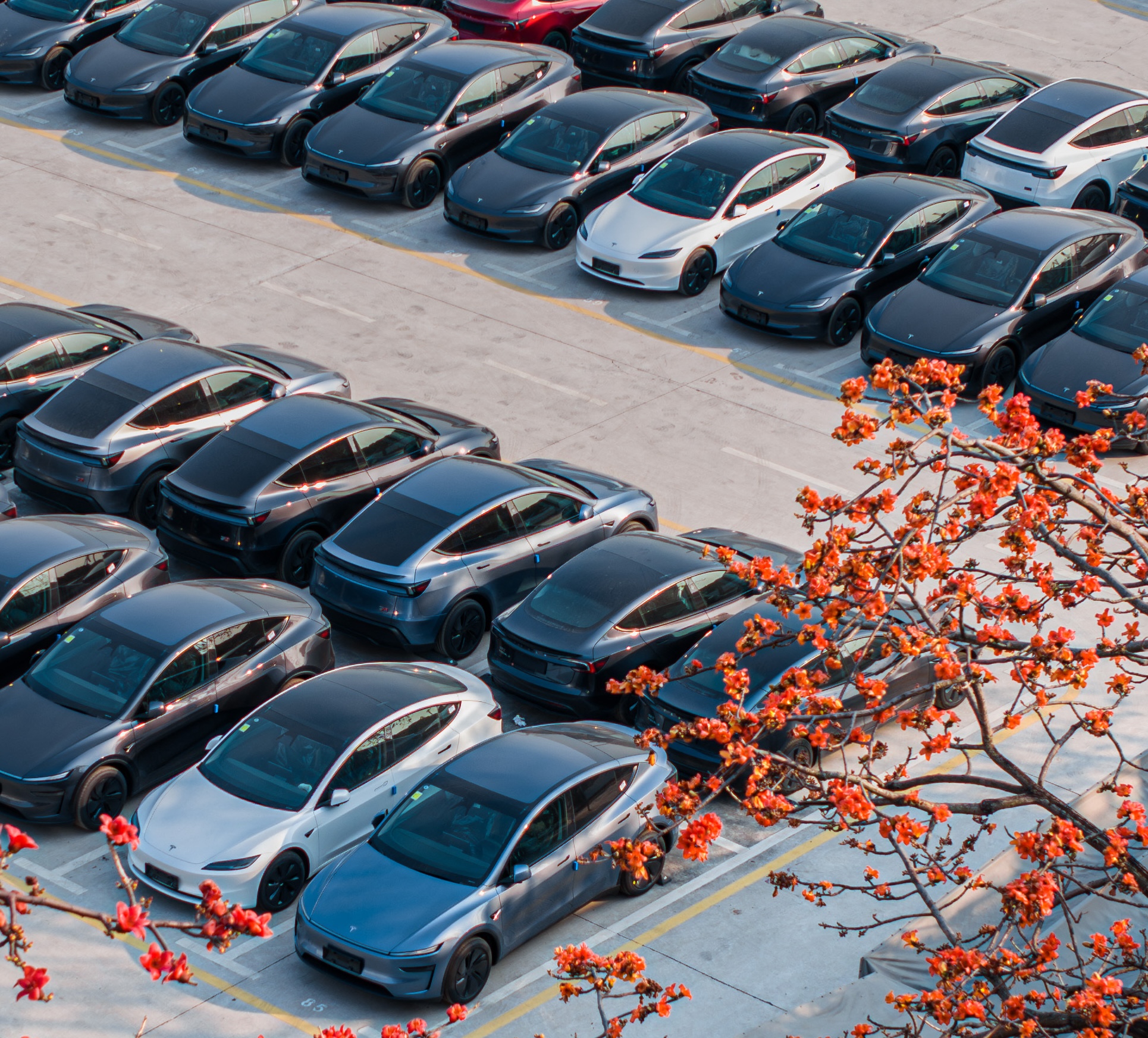
Tesla is dominating in the United Kingdom so far through 2025, and with about two weeks left in the year, the Model Y and Model 3 are leading the way.
The Model Y and Model 3 are the two best-selling electric vehicles in the United Kingdom, which is comprised of England, Scotland, Wales, and Northern Ireland, and it’s not particularly close.
According to data gathered by EU-EVs, the Model Y is sitting at 18,890 units for the year, while the Model 3 is slightly behind with 16,361 sales for the year so far.
The next best-selling EV is the Audi Q4 e-tron at 10,287 units, lagging significantly behind but ahead of other models like the BMW i4 and the Audi Q6 e-tron.
GOOD NEWS 🇬🇧 Tesla is absolutely crushing the UK electric vehicle market in 2025 💥
The numbers are in, and the dominance is clear. With an impressive amount of 42,270 vehicles delivered year-to-date, the brand now commands a solid 9.6% market share of the total auto market 🆒… pic.twitter.com/dkiGX9kzd0
— Ming (@tslaming) December 18, 2025
The Model Y has tasted significant success in the global market, but it has dominated in large markets like Europe and the United States.
For years, it’s been a car that has fit the bill of exactly what consumers need: a perfect combination of luxury, space, and sustainability.
Both vehicles are going to see decreases in sales compared to 2024; the Model Y was the best-selling car last year, but it sold 32,610 units in the UK. Meanwhile, the Model 3 had reached 17,272 units, which will keep it right on par with last year.
Tesla sold 50,090 units in the market last year, and it’s about 8,000 units shy of last year’s pace. It also had a stronger market share last year with 13.2 percent of the sales in the market. With two weeks left in 2025, Tesla has a 9.6 percent market share, leading Volkswagen with 8 percent.
The company likely felt some impact from CEO Elon Musk’s involvement with the Trump administration and, more specifically, his role with DOGE. However, it is worth mentioning that some months saw stronger consumer demand than others. For example, sales were up over 20 percent in February. A 14 percent increase followed this in June.
News
Tesla Insurance officially expands to new U.S. state
Tesla’s in-house Insurance program first launched back in late 2019, offering a new way to insure the vehicles that was potentially less expensive and could alleviate a lot of the issues people had with claims, as the company could assess and repair the damage itself.
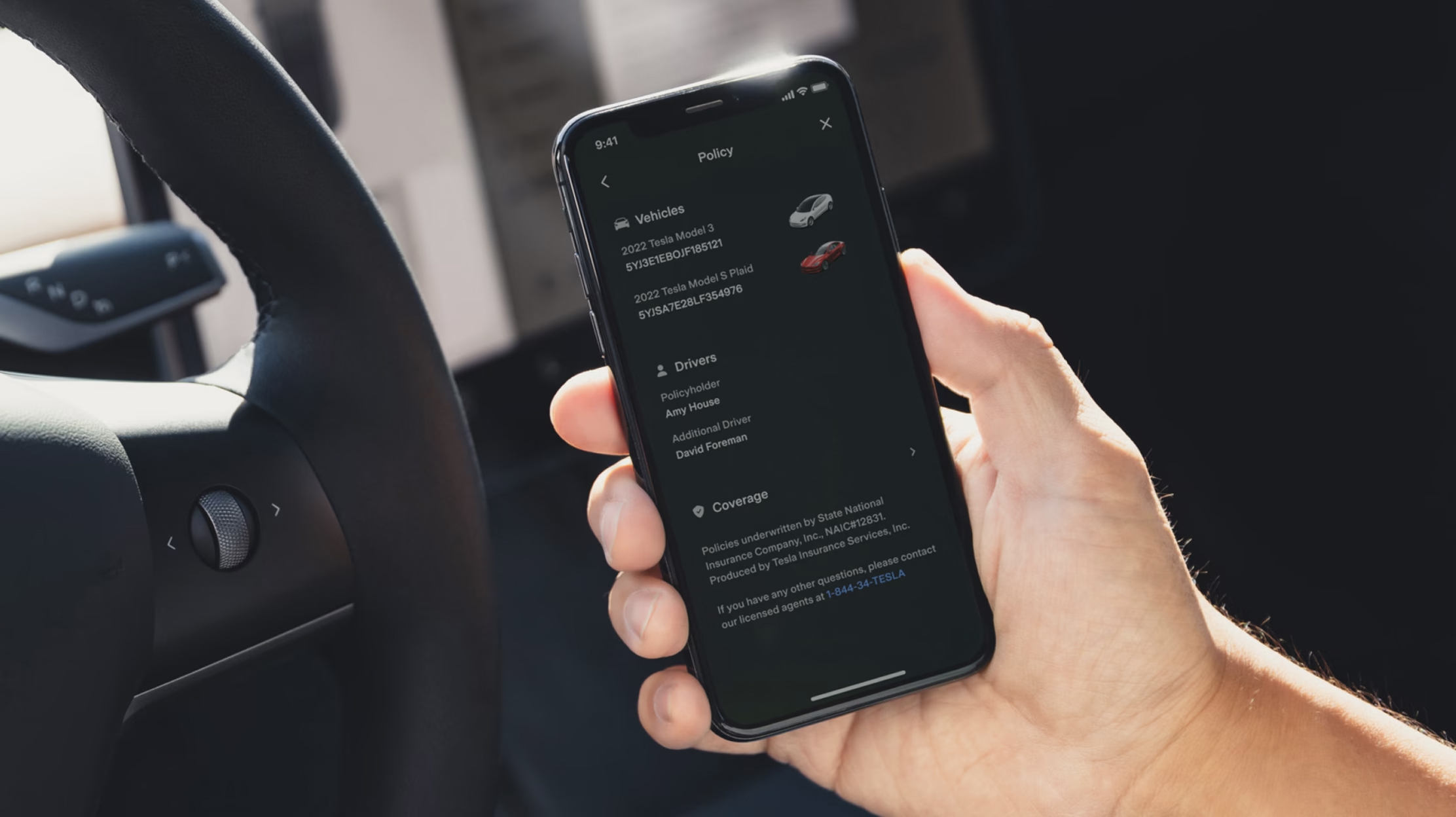
Tesla Insurance has officially expanded to a new U.S. state, its thirteenth since its launch in 2019.
Tesla has confirmed that its in-house Insurance program has officially made its way to Florida, just two months after the company filed to update its Private Passenger Auto program in the state. It had tried to offer its insurance program to drivers in the state back in 2022, but its launch did not happen.
Instead, Tesla refiled the paperwork back in mid-October, which essentially was the move toward initiating the offering this month.
BREAKING: Tesla Insurance has just officially launched in Florida.
This is the first new state to receive @Tesla Insurance in more than 3 years. In total, Tesla insurance is now available in 13 U.S. states (map in thread below of all the states).
Tesla Insurance in Florida uses… pic.twitter.com/bDwh1IV6gD
— Sawyer Merritt (@SawyerMerritt) December 17, 2025
Tesla’s in-house Insurance program first launched back in late 2019, offering a new way to insure the vehicles that was potentially less expensive and could alleviate a lot of the issues people had with claims, as the company could assess and repair the damage itself.
It has expanded to new states since 2019, but Florida presents a particularly interesting challenge for Tesla, as the company’s entry into the state is particularly noteworthy given its unique insurance landscape, characterized by high premiums due to frequent natural disasters, dense traffic, and a no-fault system.
Annual average premiums for Florida drivers hover around $4,000 per year, well above the national average. Tesla’s insurance program could disrupt this, especially for EV enthusiasts. The state’s growing EV adoption, fueled by incentives and infrastructure development, aligns perfectly with Tesla’s ecosystem.
Moreover, there are more ways to have cars repaired, and features like comprehensive coverage for battery damage and roadside assistance tailored to EVs address those common painpoints that owners have.
However, there are some challenges that still remain. Florida’s susceptibility to hurricanes raises questions about how Tesla will handle claims during disasters.
Looking ahead, Tesla’s expansion of its insurance program signals the company’s ambition to continue vertically integrating its services, including coverage of its vehicles. Reducing dependency on third-party insurers only makes things simpler for the company’s automotive division, as well as for its customers.
News
Tesla Full Self-Driving gets sparkling review from South Korean politician
“Having already ridden in an unmanned robotaxi, the novelty wasn’t as strong for me, but it drives just as well as most people do. It already feels like a completed technology, which gives me a lot to think about.”
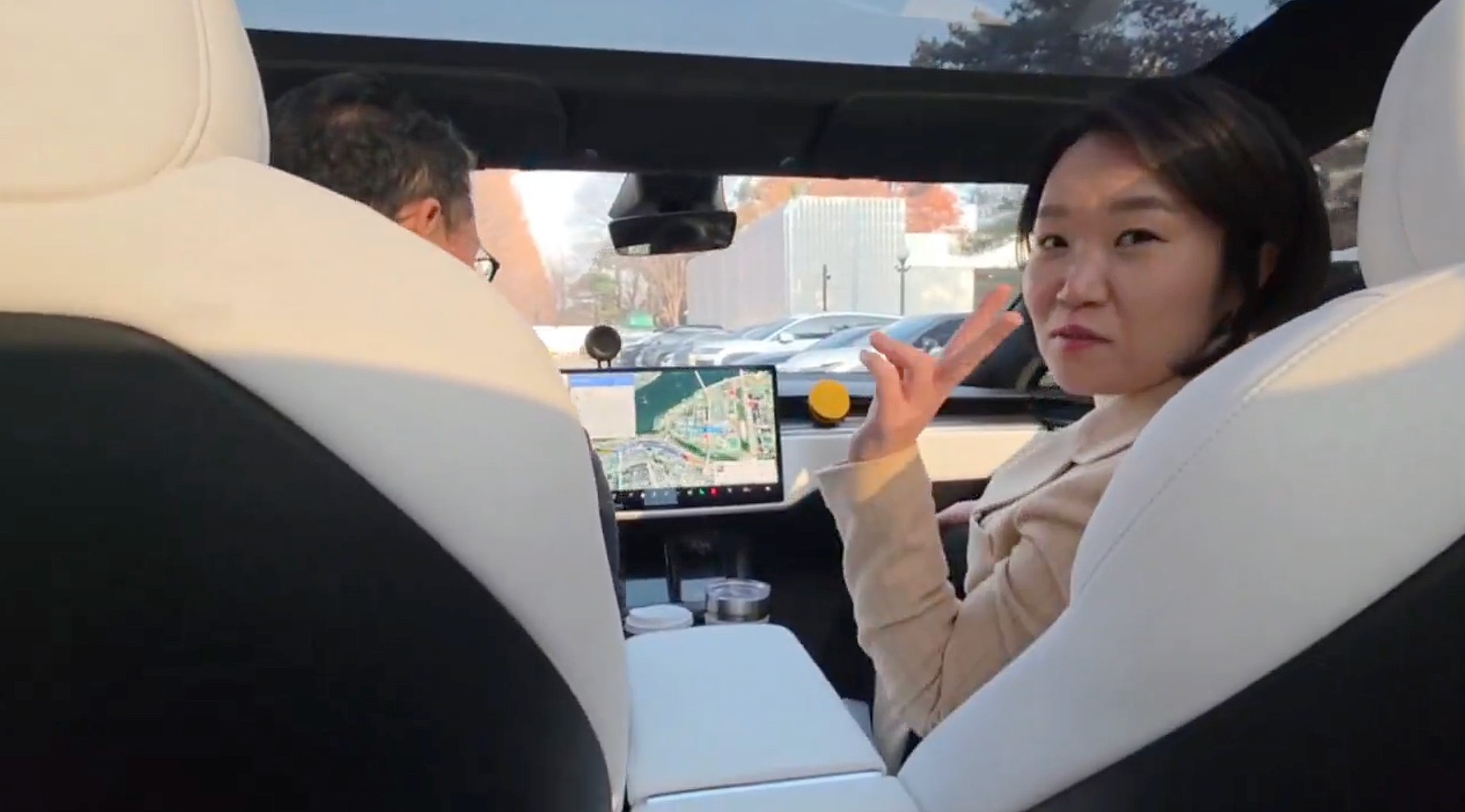
Tesla Full Self-Driving got its first sparkling review from South Korean politician Lee So-young, a member of the country’s National Assembly, earlier this week.
Lee is a member of the Strategy and Finance Committee in South Korea and is a proponent of sustainable technologies and their applications in both residential and commercial settings. For the first time, Lee was able to utilize Tesla’s Full Self-Driving technology as it launched in the country in late November.
Her thoughts on the suite were complimentary to the suite, stating that “it drives just as well as most people do,” and that “it already feels like a completed technology.”
드디어 오늘, 서울에서 테슬라 FSD 체험 했습니다.
JiDal Papa님의 모델S 협찬에 힘입어^^ 파파님 정말 감사합니다.
국회 -> 망원시장 -> 홍익대 -> 국회 복귀 코스였고요.
이미 무인 로보택시를 타봐서 그런지 신기함은
덜했지만, 웬만한 사람만큼 운전을 잘하네요.이미 완성된 기술이라고… pic.twitter.com/8pAidHBpRG
— 이소영 국회의원 (Soyoung Lee) (@im_soyounglee) December 17, 2025
Her translated post says:
“Finally, today I got to experience Tesla FSD in Seoul. Thanks to the Model S sponsored by JiDal Papa^^, I’m truly grateful to Papa. The route was from the National Assembly -> Mangwon Market -> Hongik University -> back to the National Assembly. Having already ridden in an unmanned robotaxi, the novelty wasn’t as strong for me, but it drives just as well as most people do. It already feels like a completed technology, which gives me a lot to think about. Once it actually spreads into widespread use, I feel like our daily lives are going to change a lot. Even I, with my license gathering dust in a drawer, don’t see much reason to learn to drive a manual anymore.”
Tesla Full Self-Driving officially landed in South Korea in late November, with the initial launch being one of Tesla’s most recent, v14.1.4.
It marked the seventh country in which Tesla was able to enable the driver assistance suite, following the United States, Puerto Rico, Canada, China, Mexico, Australia, and New Zealand.
It is important to see politicians and figures in power try new technologies, especially ones that are widely popular in other regions of the world and could potentially revolutionize how people travel globally.








